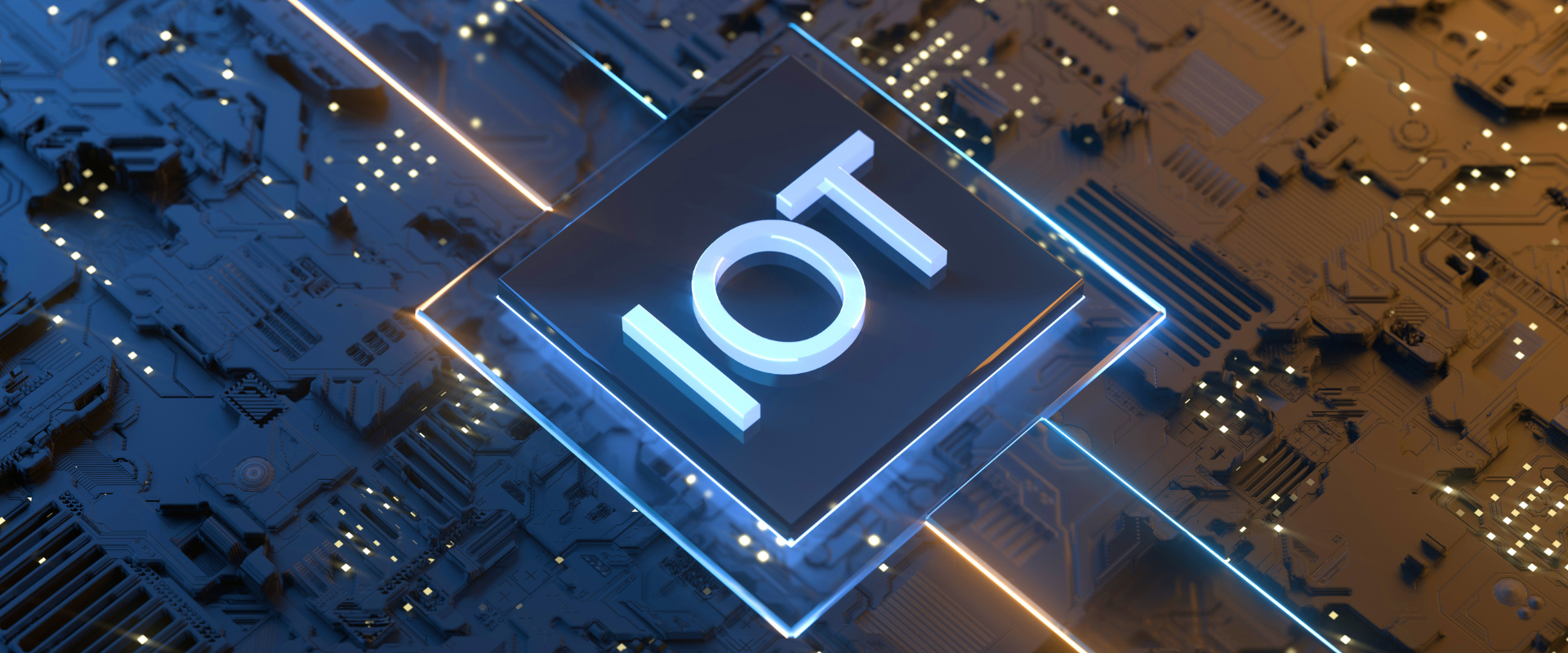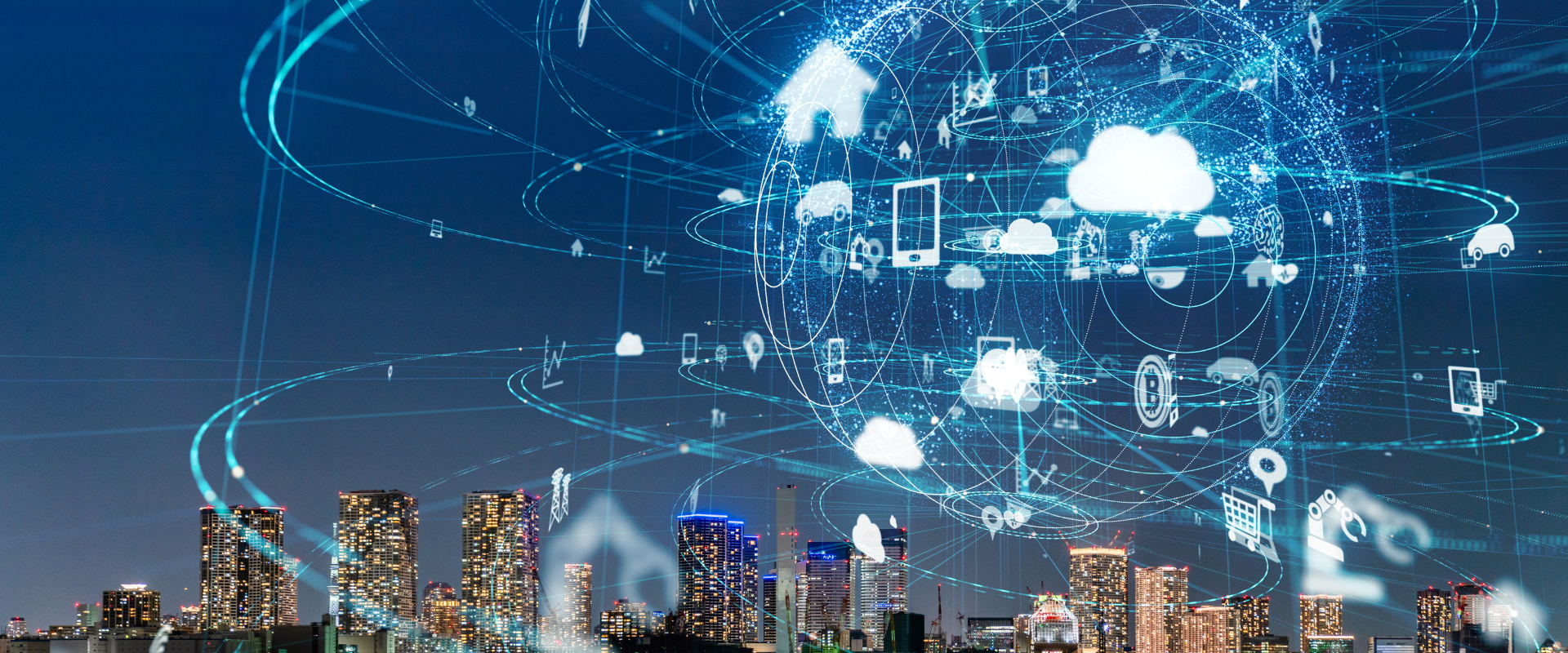
How Cybersecurity is Evolving with 5G: Opportunities and Challenges
By, Webmaster
- 16 Apr, 2025
- 3.3k Views
With the rollout of 5G technology, the digital landscape is undergoing a radical transformation. 5G promises to unlock new possibilities, from faster internet speeds and improved connectivity to enabling the Internet of Things (IoT) on an even larger scale. However, as with any technological leap, 5G also brings new cybersecurity risks that must be addressed.
In this blog, we will explore the intersection of 5G and cybersecurity, examining the unique opportunities and challenges that come with the adoption of 5G networks and how organizations can prepare for these changes to ensure their systems and data are secure.
The Benefits of 5G for Cybersecurity
Enhanced Speed and Connectivity: The most obvious benefit of 5G is the substantial increase in speed and bandwidth. With 5G, data can be transferred at rates up to 100 times faster than current 4G networks. This enhanced speed not only improves user experiences but also has the potential to enable real-time monitoring and faster responses to cyber threats.
Opportunity: This increased bandwidth can allow businesses to implement more advanced and effective security systems that can analyze larger amounts of data in real-time, helping to detect potential threats much faster.
Low Latency for Real-Time Threat Detection: 5G’s low latency is another game-changer. With latency reduced to just milliseconds, 5G networks enable immediate responses to security breaches, making real-time threat detection and response much more efficient.
Opportunity: Security operations can become more proactive, with faster detection of intrusions, anomalies, and unauthorized access. The ability to respond to threats in real-time will reduce the window of opportunity for cybercriminals.
Enabling IoT Expansion: The ability of 5G to support a massive number of connected devices is key to enabling the next generation of IoT. Businesses can now deploy millions of devices, from sensors to smart equipment, creating opportunities for more seamless operations and better data collection.
Opportunity: 5G can enable smarter cybersecurity measures, where IoT devices can communicate in real-time with security systems to identify and neutralize potential risks. A more connected environment allows for stronger, network-wide protection.
The Challenges 5G Poses to Cybersecurity
Expanded Attack Surface: The increased number of connected devices and systems brought about by 5G creates a much larger attack surface for cybercriminals. Every connected device is a potential point of vulnerability, and as IoT devices proliferate, they become new targets for hackers.
Challenge: The sheer scale of 5G-connected devices and systems means that businesses must reassess their security models to ensure that every device is secure. With more devices online, ensuring that they are protected against unauthorized access becomes a more complex task.
Increased Complexity of Networks: 5G introduces a much more complex network architecture, including network slicing, which allows operators to create customized virtual networks. While this brings many benefits, it also means that businesses and service providers will need to manage a more intricate network structure.
Challenge: The complexity of 5G networks can introduce gaps in security coverage. Ensuring that security policies are uniformly applied across network slices and that each part of the network is properly isolated becomes a significant concern.
Vulnerabilities in 5G Infrastructure: The deployment of 5G will involve new hardware, software, and communication protocols, some of which may contain vulnerabilities. Attackers may exploit weaknesses in the infrastructure of 5G networks to launch attacks, such as denial-of-service (DoS) attacks or targeted breaches on specific 5G components.
Challenge: As 5G infrastructure is still being built and tested, vulnerabilities in the design and implementation of 5G networks present risks. It is essential for businesses and network operators to collaborate on identifying and addressing these vulnerabilities early in the deployment process.
Supply Chain Risks: With 5G, the interconnectedness of global supply chains will increase, creating more opportunities for cybercriminals to target vulnerabilities in the supply chain. Attacks on critical hardware or software components of the 5G network could compromise the security of an entire business ecosystem.
Challenge: Organizations must be vigilant about the security of their entire supply chain, ensuring that vendors and third-party service providers adhere to the highest cybersecurity standards.
How to Strengthen Cybersecurity in the 5G Era
To effectively navigate the cybersecurity challenges of 5G, businesses must adopt proactive strategies and prepare their systems for the evolving threat landscape. Here are some key steps organizations should take:
Upgrade Security Protocols: With the increased complexity of 5G networks, businesses need to update their cybersecurity protocols to ensure they align with the new architecture. This includes implementing stronger encryption, network segmentation, and secure authentication processes to safeguard data transmitted across the network.
Focus on IoT Security: As 5G will greatly expand the number of connected devices, businesses must implement robust security measures for their IoT infrastructure. This includes ensuring secure device authentication, regular firmware updates, and employing encryption for data in transit.
Implement Zero-Trust Security: The zero-trust security model, which assumes that no one—inside or outside the organization—should be trusted by default, is crucial in the 5G era. Every device, user, and network request must be authenticated and verified, ensuring that access to sensitive information is restricted to those with the necessary permissions.
Continuous Monitoring and Real-Time Detection: The real-time capabilities of 5G open the door for continuous monitoring and instant response to cyber threats. By deploying AI and machine learning-based security systems, organizations can detect anomalies and suspicious activities faster, improving the ability to respond to incidents as they unfold.
Work with Trusted Partners: As 5G involves a wider range of suppliers and partners, it’s essential to work with trusted vendors who adhere to robust cybersecurity standards. Implementing strict vendor risk management practices and ensuring that all third-party services and products are secure will reduce the risks associated with supply chain vulnerabilities.
Conclusion
As 5G networks continue to expand, the benefits of this technology are immense—improving speed, connectivity, and IoT capabilities. However, these advancements come with new cybersecurity risks that businesses cannot afford to overlook. By understanding the unique challenges of 5G, investing in advanced security measures, and staying ahead of emerging threats, organizations can harness the power of 5G while safeguarding their critical digital assets.
We hope this article has shed light on the cybersecurity opportunities and challenges presented by 5G. If you have any questions or would like to know more about securing your organization for the 5G era, feel free to contact us!
Recent Posts
- IoT Security Risks: How Connected Devices Are Expanding the Cyberattack Surface
- Data Breaches: Understanding the Real Cost of a Cyberattack
- Deepfake Fraud: The New Frontier of Cybercrime
- Cloud Security Challenges: How to Protect Your Data in a Borderless Digital World
- AI in Cybersecurity: How Artificial Intelligence is Changing the Fight Against Cyber Threats
Category
- Cyber Security (86)
- Vulnerability Assessment (70)







